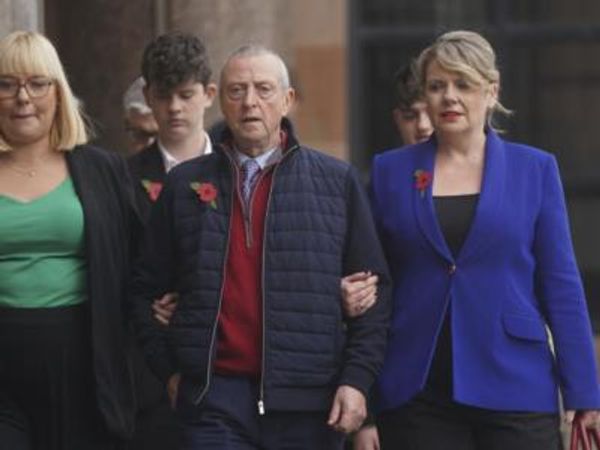When you start to game plan for an auction, a fantasy manager needs to separate hitting from pitching. Each area is 50 percent of the game, but you will have to find a blend of spending that fits your game style.
My core batters
When developing your hitting base, a fantasy manager needs to identify the key players to build the foundation of their offense. Your core could be three or four players depending on how much you want to invest in each player. I look for three players to start my hitting team. I want one player to give me a high batting average with power (.300/30/100). The second player needs to offer some home runs, a high average, and plus stolen bases (.300/10/60/40). The last option will be a balanced player (.300/20/80/20).
Note: Each season, the talent pool in pitching changes along with injuries. When there is elite depth in pitching, fewer batters hit over .300, leading to lower targets in batting average.
Hitting budget
You can divide your hitting budget any way you like and come up with a plan to retain as many offensive points as possible. I want to build a base in all the hitting categories, and I’m willing to pay for it. I will spend $90 to $100 on three to four players. Each year the player pool will fluctuate, and a fantasy manager will need to adjust their plan to the changing inventory. In most seasons, the starting point for spending on offense would be $180 of $260. In an AL-only league, I sometimes push $190 to the offensive side of the equation due to the added depth of batters due to the DH position.
Eight foundation bats
When deciding on your key players in a single league auction, a fantasy manager must develop a plan to roster a C, 1B, 2B, 3B, SS, and three outfielders. These eight players will be the core of your team.
Each season I study the offense player pool at each position. First, I determine the three core batters I want to target in the auction. The next step is deciding which positions have the most depth and weakness. Then, I’ll formulate a plan for spending at each position that gives me the best chance to fill my categories. At the same time, I identify potential values and breakout players.
Player pool
In the American and the National Leagues, there are 15 teams in each league. There are nine available starting batters, leaving a pool of 135 starting players divided by 12 fantasy teams (11.25 potential starters per roster). Most fantasy managers will have between 10 and 12 starting hitters in their lineup. Every team will likely have three holes (part-time players) in their starting fantasy lineup. Out of those 135 starting slots in lineups, there are probably a dozen or so players who don’t play every day.
When building your roster, you can put your holes (low at-bat players) anywhere in your starting lineup. As the season goes on, the hope is to fill some of your low productive spots from your bench or the waiver wire.
Core spending
Depending on your budget plan, a fantasy manager will spend between $150 to $170 on your eight-core hitters. You will need the patience to execute the end game and find two or three bats that could get full-time at-bats for short money. When filling your remaining hitting spots, you need to look for players who get the most at-bats or young players with upside. The player with the most upside in playing time might not be the hitter who earns a starting job when the season starts.
Finishing the end of your roster
Most AL or NL auction league owners are afraid to take a zero in their starting hitting lineup. Sometimes it is better to buy an upside minor league player in the auction rounds rather than risk losing a potential impact player in the reserve rounds (bench players).
Purchasing a low upside player with playing time risk doesn't make much sense in the long run in fantasy leagues. Instead, I would much rather roster a player like OF Julio Rodriguez in an AL-only format in 2022 with the hopes that he gets called up early and seizes a starting job. A weak backend outfielder with no real upside in at-bats for $1.
In most seasons, a player with similar part-time at-bats can be found on the waiver wire or rostered in the reserve round. Which is more important; a once a week player or a hitter who could get regular at-bats at some point in the season? This decision is challenging because the once-a-week player could get more at-bats if an injury created more playing time.
I look for three or four upside players to fill the backend of my roster while understanding the waiver wire will help fill some of these voids.
Get a feel for each player’s value
A fantasy manager will be more successful in auctions by developing a solid game plan before heading to the draft table. When deciding which core batters for your team, research completed auctions where fantasy managers play for real money. The flow of players will be different, but you can get a feel for public opinion.
The LABR auctions in early March give fantasy managers some insight into the player pool before spring training. Knowing a player’s market value helps the pre-auction building process.
You should never be surprised by any player’s value at the draft table. A good player is going to draw a lot of interest. If you want a top-tier player, you should be ready to make your winning move.







